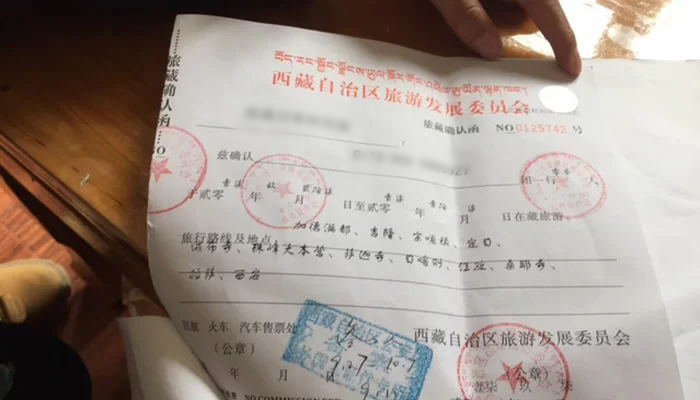The unique life aboard Tibet train gives you a rare chance to experience the real engineering wonder running on lofty Tibetan Plateau. You will be surprised to find many tourist-friendly facilities and cutting-edge technology that help to give you a thrilling ride all the way to holy Lhasa.
Luggage Storage
If you happen to stay in a soft sleeper cabin, you can put your big suitcase below the lower bunk and leave your small handbag either in the corner of your bed or store it in the upper storage area above the door. If you stay in a hard sleeper, you can leave your heavy suitcase below the lowest bunk or put it above the luggage rack above the narrow aisle. For travelers of the hard seat, putting your big belongings above public luggage rack is the only option.
Food and Drink
Quite similar to what happens when you take the flight, the staff will pass your cabin with a food trolley at meal times. You can easily buy a boxed meal or some snack or soft drinks like orange juice and coke from him. Of course, if you prefer some formal dishes, you can move to the dining carriage where the professional chef will make mostly traditional Chinese food for you. The meal costs around 15 CNY, the lunch and dinner cost around 25-50 for each person.
And you can buy some snack or fruit before you board the Tibet train to fill the leisurely time while enjoying the stunning window view. For a vegetarian, you may also find tasty food. If you wanna some drinks, you may also buy some beers and wine in the train. However, just don’t drink too much because it won’t help for the acclimatization to Tibetan Plateau.
Air Conditioning and Oxygen Supply
The windows and exterior of Tibet train are airtight and protect you from extreme temperature change outside. As the Xian-Lhasa train leaves Golmud, the oxygen will be released pervasively in passengers’ carriages. Meanwhile, if you still have shortness of breath, you may ask for an oxygen tube from the conductor and connect it to the oxygen outlet inside the soft sleeper or in the corridor to inhale oxygen. However, it’s advisable not to become addictive to the oxygen supply. Normally, your discomfort such as headache, and fast pulse and dizziness, fatigue, insomnia, etc. will disappear within two days.













































